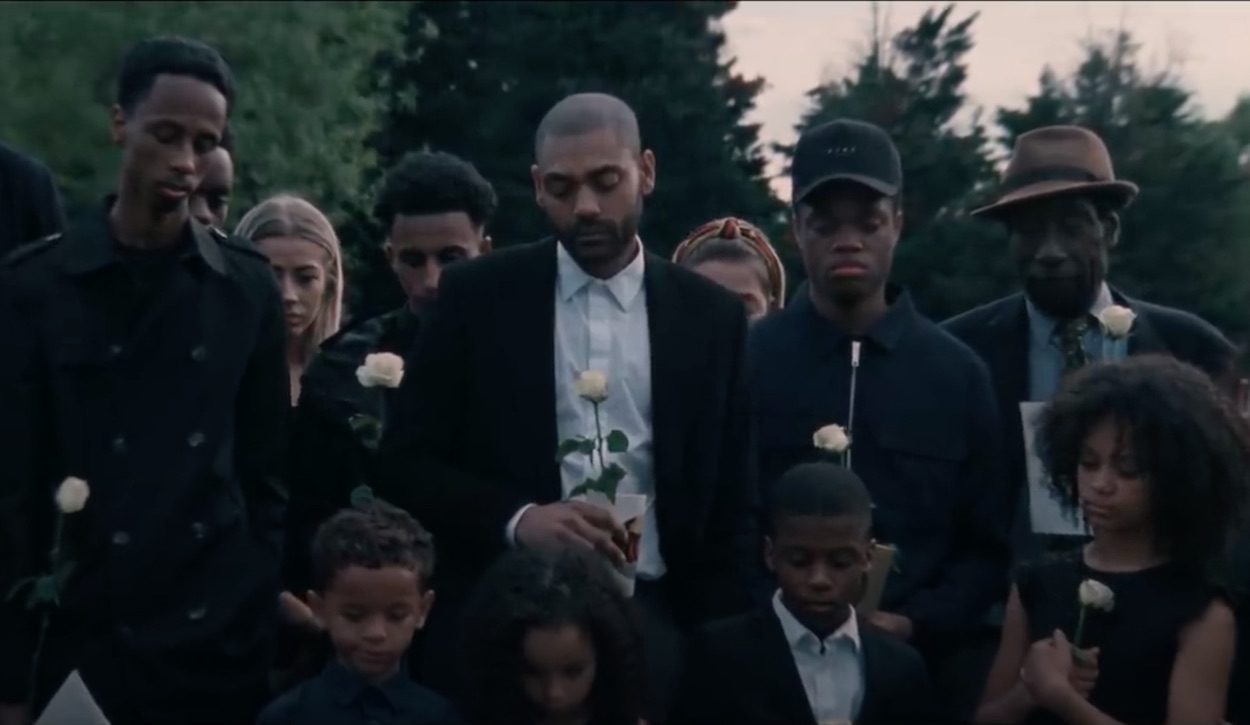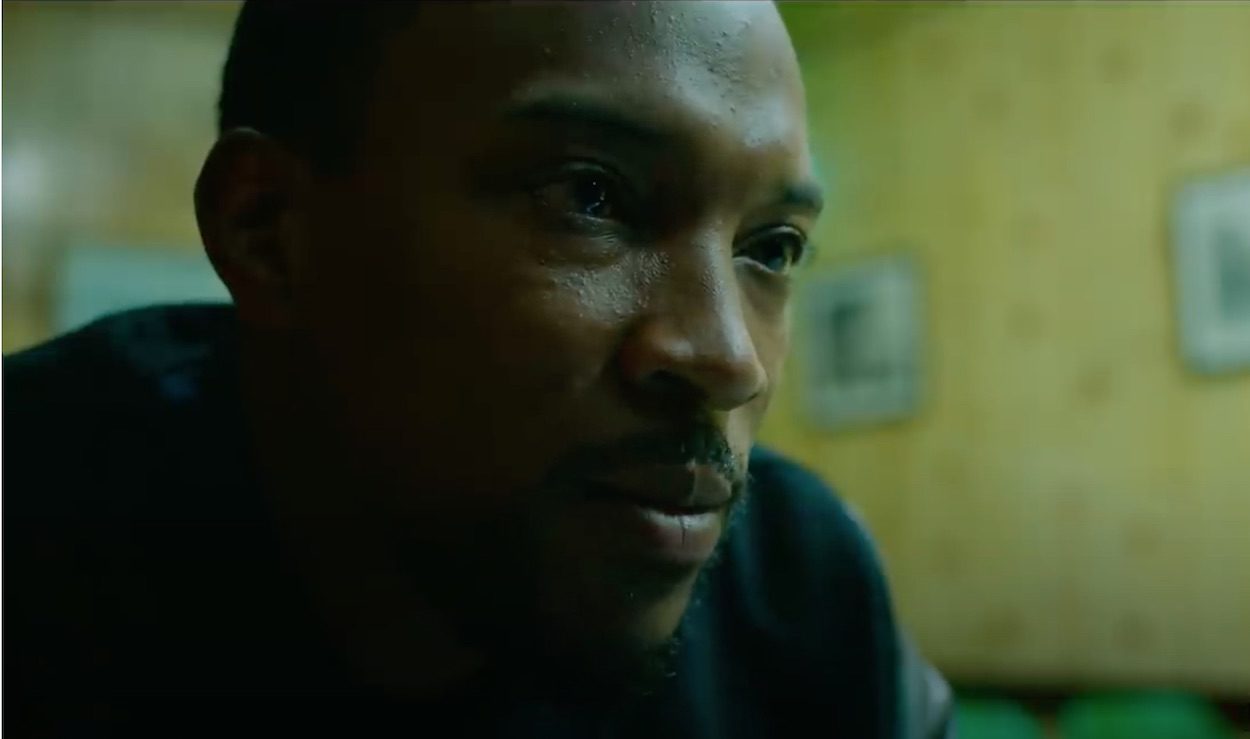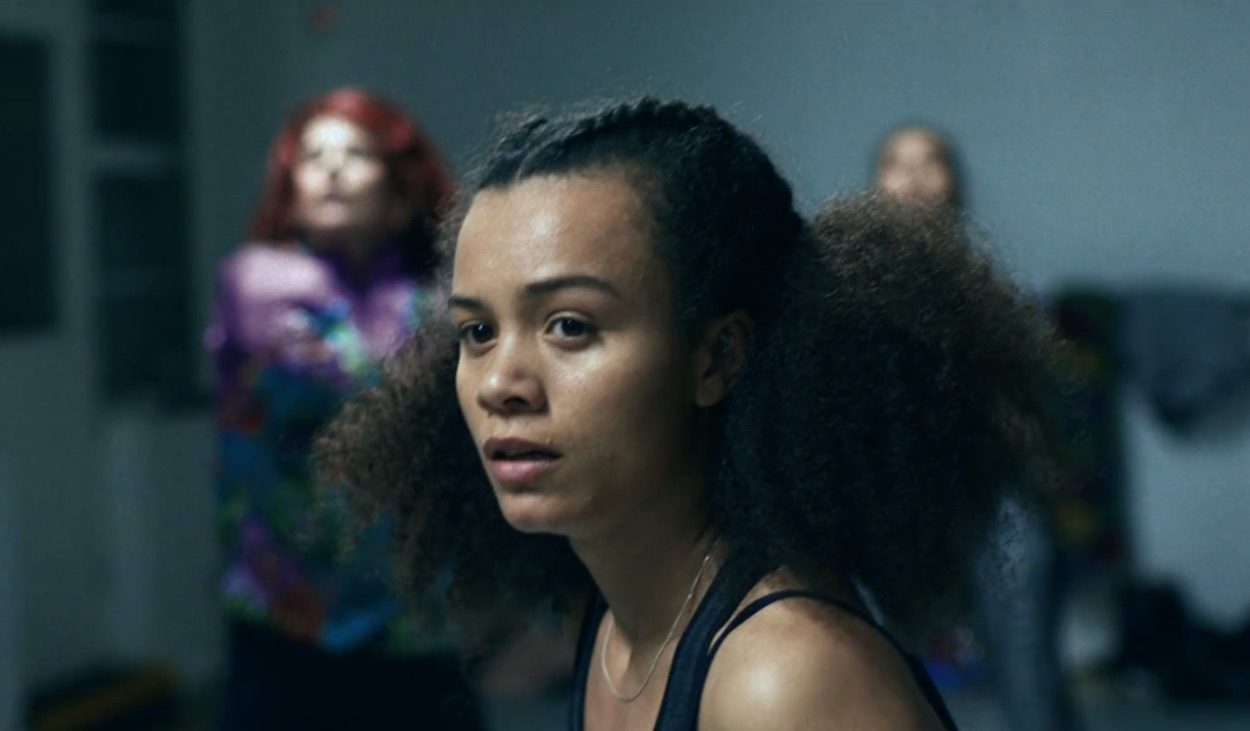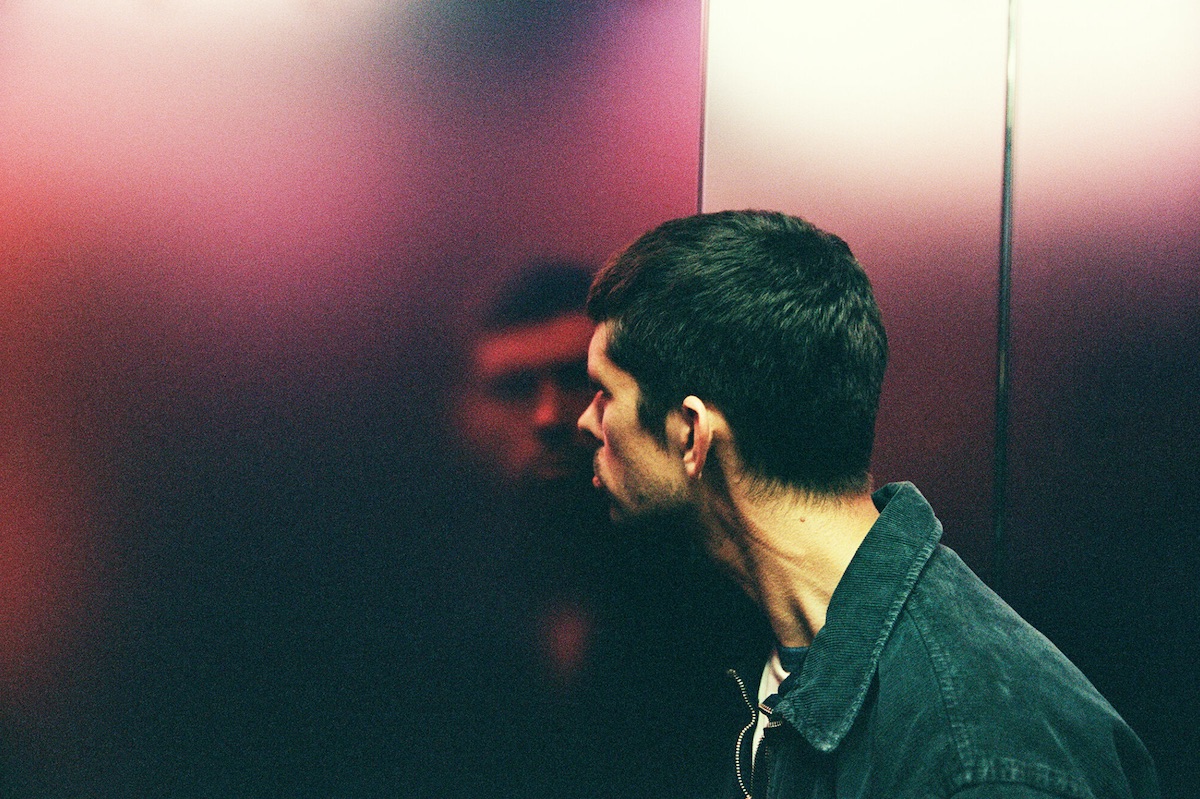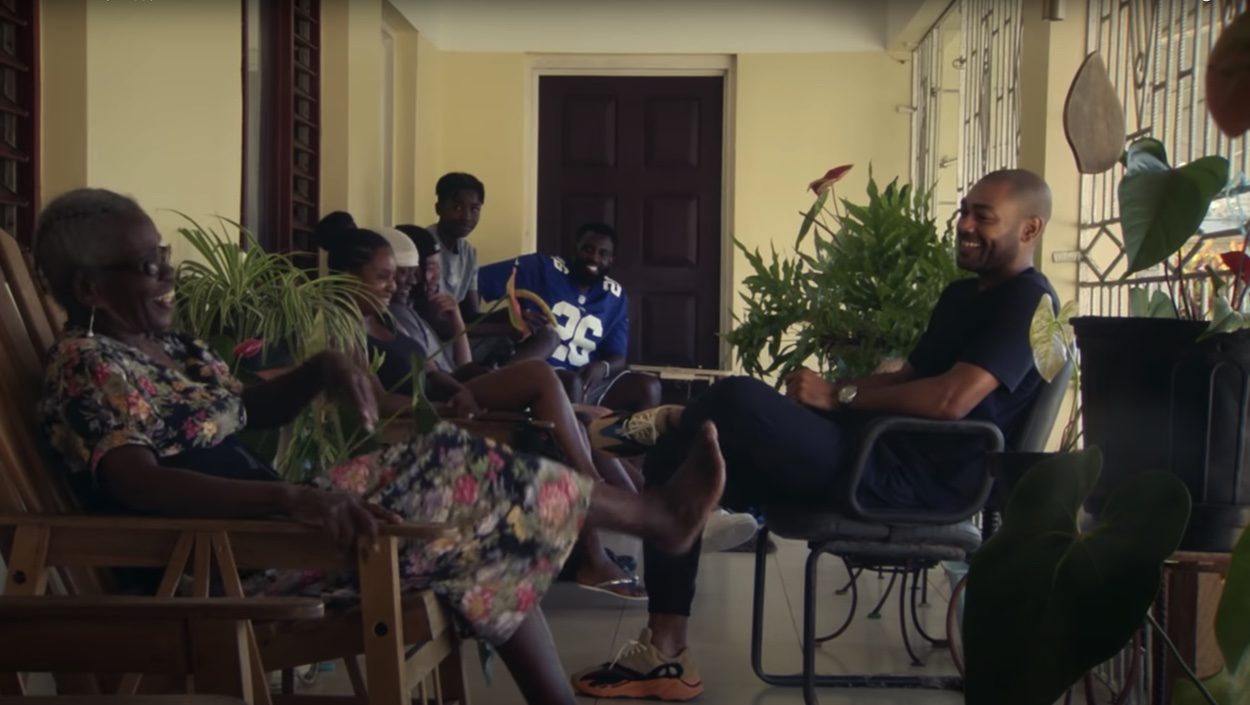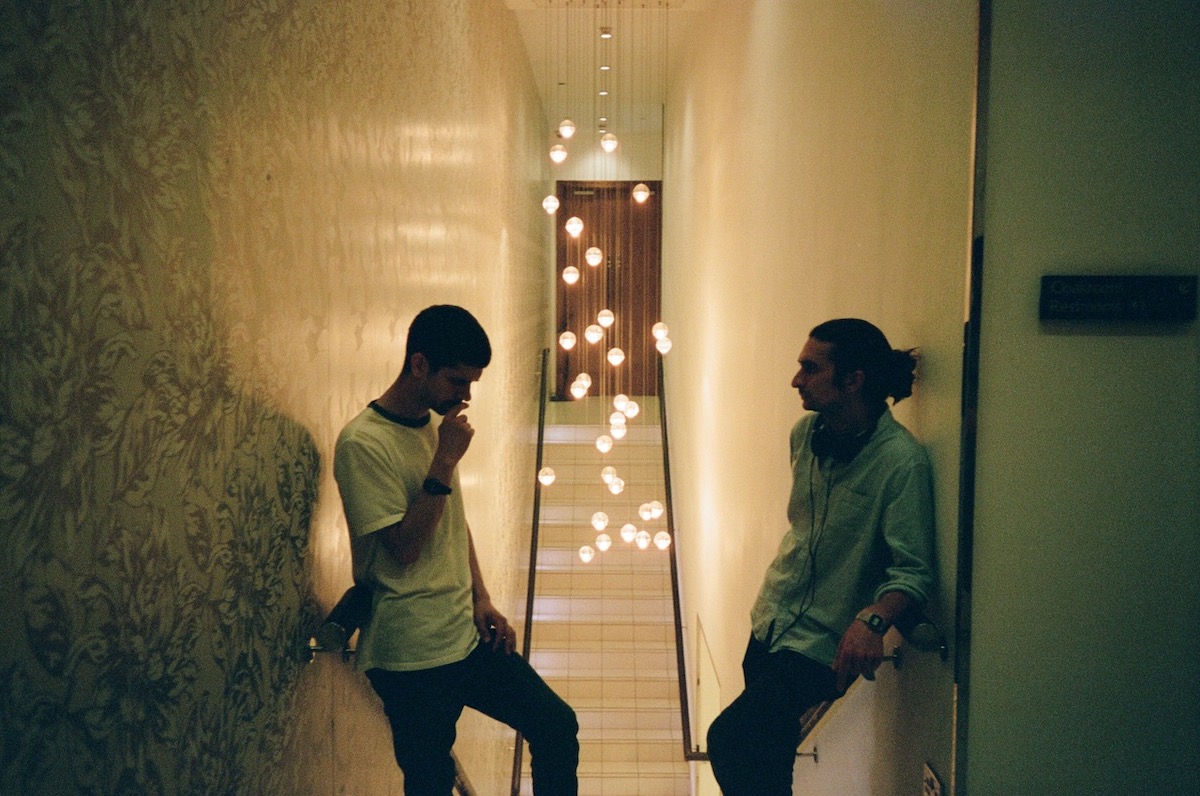 Ben Wishaw and Aneil Karia on the set of Surge
Ben Wishaw and Aneil Karia on the set of Surge
Apart from a brief spell in LA, you’ve been a Londoner since the age of 21, and your work highlights both the city’s vibrancy and its grimy underbelly. What is it that fascinates you about London and the “different versions” people experience?
I grew up in Ipswich, so a pretty ‘standard British town’. As a kid, whenever I’d visit London I found its vastness and its intense energy really fascinating, if a little terrifying.
I think what interests me is this huge city as a living organism. How it breathes and moves as its own being – and has its own mood-swings just like we do. I know London has its fair share of chaos, but when I stop and think about it, it sort of blows my mind that nine million people can exist alongside each other – with all of their wildly varied hardships and vulnerabilities and vices – and there not be more madness to be honest.
As you say, I’ve always been intrigued by how one can have multiple different experiences of the same London depending on your own state of mind and the states of minds of those around you. It can be this electric, pulsing union of souls that you feel such great love for in one instant. And then it can be this oppressive and claustrophobic seventh circle of hell in another. I find the city’s shifting energies – and how they can play on our own mood – quite palpable and I enjoy trying to capture those in film.
Your filmmaking style is raw and immersive, with an intensity that often pulls the viewer in almost against their will. What does the creative process look like for you? What’s the starting point and is your approach more intuitive or methodical?
It’s definitely the case that I want the viewing experience to be immersive. I suppose I am interested in rooting the viewer in a character’s psyche. In a practical sense, that is actually hugely about the casting, because it needs an actor who can tell the story without the mechanical stuff around them doing all the heavy-lifting. You are asking a great deal of them because if you want to make something so singular (and not be super-reliant on dialogue as I try not to be) then you are asking their face and body to convey a lot. With actors like Ben [Whishaw], Kano and Riz [Ahmed] for example you have this luxury – they can give you so, so much without words.
When I work with actors, I like to create as authentic an environment as possible and give them as much freedom within that as I can. I’m always wanting to be able to shoot as 360 as is feasible. Where possible, I would rather not block something to within an inch of its life and give the actors a ‘route’ to stick to. You want them to sort of ‘live’ the scene, I suppose, and that isn’t easy if you have been told to stay in this particular two metres squared, or to not go near the window, for example.
On Surge, sometimes Ben [Whishaw] would only meet the actors playing supporting roles for the first time when we were doing take one. Or, where possible, I’d keep him away from certain locations so that he was entering them for the first time only once we turned over. Of course, you probably won’t nail everything on the first take but you get little moments of magic. I think creating the immersive experience is about respecting the actor first and foremost.
You have to choose HODs who are going to want to embrace that particular approach. The way I work isn’t always as formal or organised as running through a shot list, and is definitely quite intuitive as you say, so you want to work with people who are up for that way of working and won’t be frustrated by it. I also enjoy doing long takes which can be demanding on the DoP, for instance, but very liberating for an actor as you have time and space to really get into the rhythm of a scene.
Of course, the editor is a massive deal when it comes to taking such an approach. By relinquishing the formality of a shot-list or traditional ‘coverage’ you are creating a much more painful experience for the editor! So you then need to work with someone who ‘enjoys’ finding the cut within the chaos a little bit. Amanda [James], who I work with a lot, is exactly this – and is incredible at keeping you rooted in the protagonist’s POV.
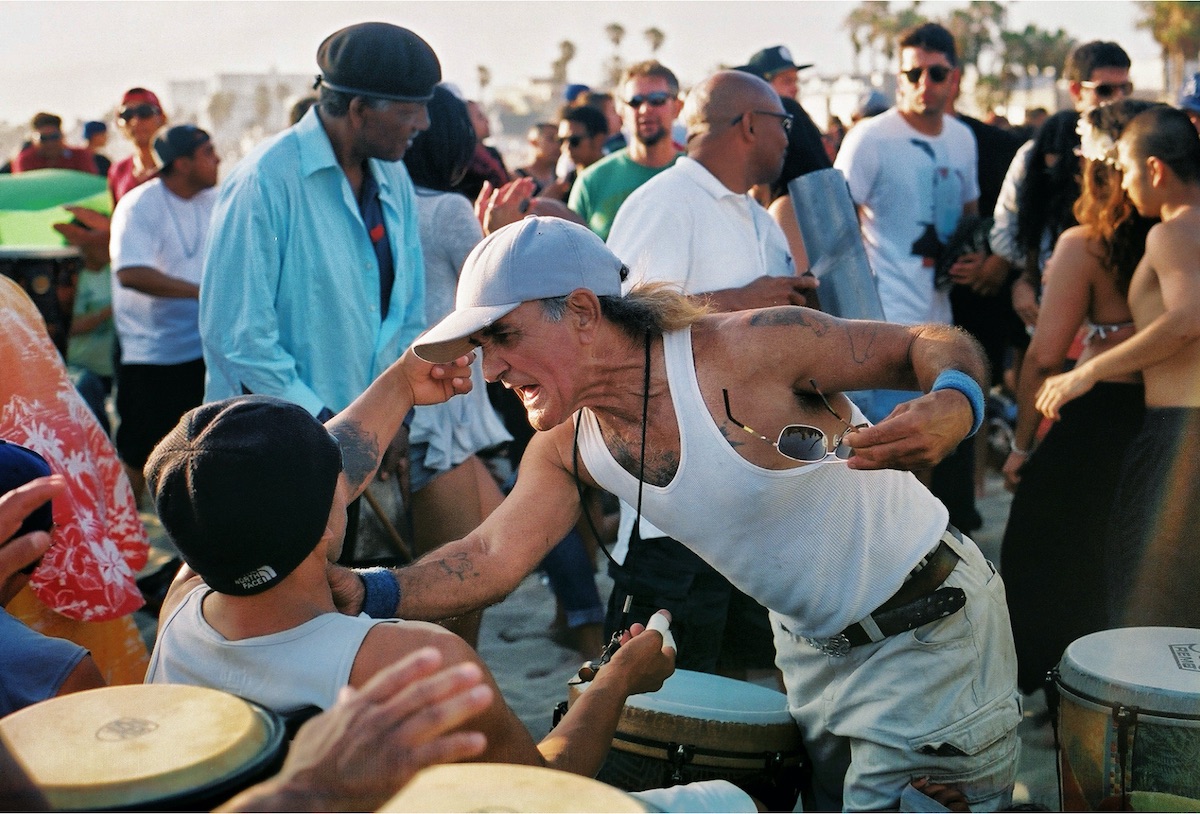 From Aneil Karia’s photography portfolio
From Aneil Karia’s photography portfolio
On the subject of British Asian heritage, your short film for Riz Ahmed’s The Long Goodbye explores ideas of nationality and xenophobia in the context of a dystopian world that feels frighteningly real. Tell us a bit about the project and how you worked with Riz to bring it to life.
I think Riz had seen Trouble, the short film I’d made with Kano, and was a fan, then a mutual friend of ours, Yann Demange, introduced us. Riz told me about the concept behind the album, sent me a listening link and asked me if I’d like to make a film for it.
I knew I wanted to after listening to the very first track, The Breakup. It uses the metaphor of a toxic relationship to talk about how Britain has treated South-Asians since colonising India up until now, post-Brexit. The album really hit me hard – it moved me and managed to articulate these quite abstract and complicated feelings which I struggle to put into words because my brain works in a different way to Riz’s. It was a great brief because he was up for me doing whatever I wanted, just using the album as a starting point (and it was a very inspiring starting point). I went away and came up with the shape of the film, then Riz and I spent a few mornings in cafes (those were the days!) sharpening the idea and honing in on what details were most vivid and key for us.
In terms of shooting it, I knew that we needed to make it feel legit every step of the way – from the squabbles in the living room right up to the executions. The film has a sort of seismic and rapid shift from domestic mundanity to living nightmare. In order for that shift not to snap you out of things, I knew you’d have to buy into the authenticity of this family from the start and allow enough time to invest in them. Likewise with the raid – this is a very heightened sort of event, you’re almost moving into genre-space here. But I wanted it to feel as naturalistic and grounded in reality as what comes before it.
Shooting something as distressing as this is hard on the actors, too. You’re asking them to go to a very dark place emotionally, and yet, we had a very finite amount of time to shoot this in. So achieving the balance between keeping things moving, getting everything we needed, and also giving the actors the time and space to get in and out of that mental space needed was one challenge.
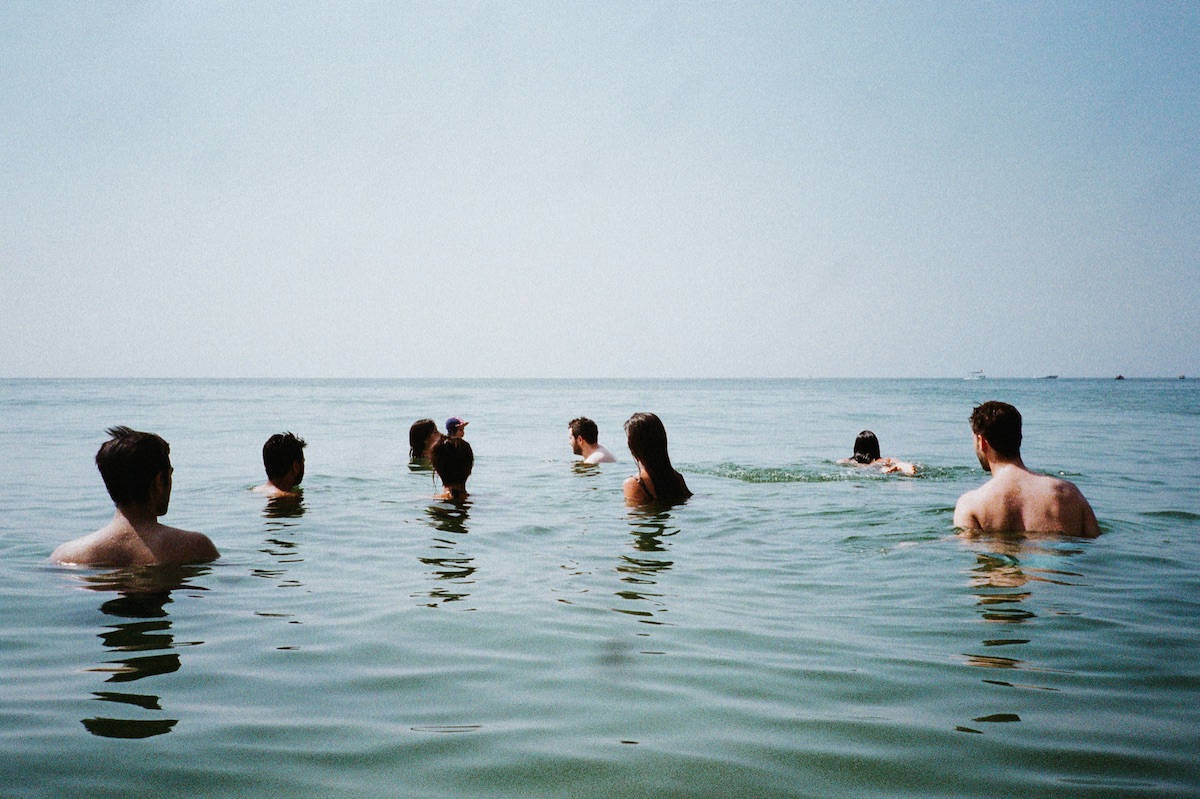 From Aneil Karia’s photography portfolio
From Aneil Karia’s photography portfolio
You shot three episodes of Netflix’s Hackney-based drama Top Boy. How did that opportunity come about and what was it like making the transition to TV? Is it a genre you’d like to do more work in?
That was actually my third TV project so I’d had some experience in making that transition from shorts to longer-format. Though it’s fair to say that Top Boy was probably the largest scale of those projects so that brought an element of extra pressure. On the flip side though, it was a show that I felt I understood well. And that my sensibilities as a director were well matched to, so that helped. The makers of that show are extremely trusting of a director’s vision so it didn’t come with some of the boundaries that certain television can come with as a director. Top Boy was an excellent experience – it has such a fantastic cast who’ve come to acting from a wide variety of routes (some trained, some street-cast, some crossing over from music). I think that makes for a very exciting dynamic.
You’ve just completed your feature debut, Surge, a drama about a quiet, law-abiding man who suddenly acts out his inner desire to rob a bank. Why was this a story you wanted to tell?
Surge’s origins to an extent come from my first short film BEAT which also starred Ben Whishaw. That was a much smaller exploration of someone operating on the fringes of what’s considered ‘normal’ behaviour. After making the short, I wanted to explore the themes I’d touched on with a bigger canvas. I wanted to examine the narrow bandwidth of acceptable behaviour we’ve established as humans in the modern world – in terms of how we make decisions, how we use our bodies…. how we engage with the world around us, with each other. It is an exploration of ‘impulse’, I suppose, and our relationship with how we feel and what we want in a given moment versus how we repress that. The protagonist, Joseph, goes on a journey which in one sense is one of self-destruction, but viewed through another prism, is actually one of liberation. It was a challenging development process because it’s one thing having conversations about these abstract, slightly esoteric themes and another thing entirely harnessing them into a script. The writer I worked with, Rita Kalnejais, obviously played a huge part in making that happen.
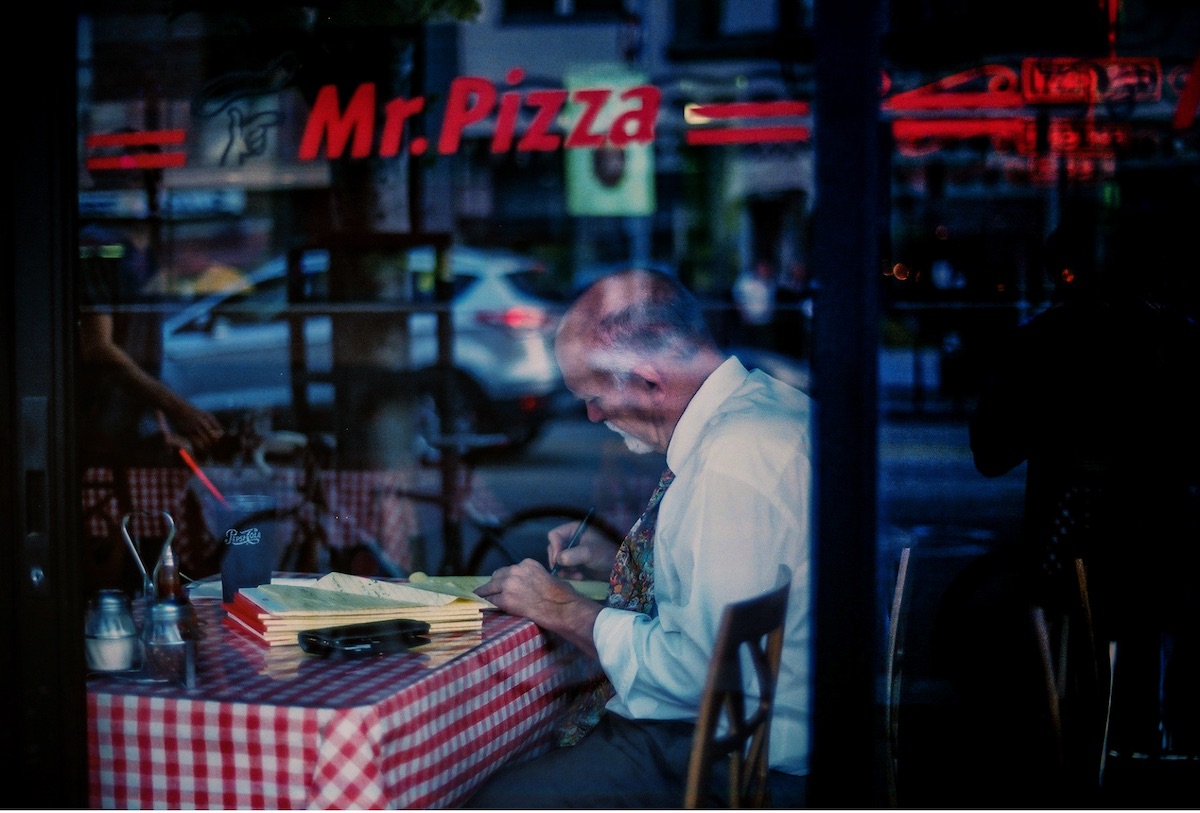 From Aneil Karia’s photography portfolio
From Aneil Karia’s photography portfolio
In Surge and BEAT, your protagonists are individuals who break the social contract in some way and step outside behavioural norms. With mental illness being such a live topic at the moment, is this something you consciously set out to explore?
The answer is kind of yes and no, really. I wasn’t trying to make a film about mental illness. It was more that I was looking to examine our somewhat binary definitions of what mental illness, and ‘mental wellness’ constitutes. I wanted to probe the blurry space in between the two.
You started off your directing career in music videos and last year you made a short film for Kano’s Trouble, highlighting the problem of knife crime in the capital. The jump between formats, intercutting a section of raw iPhone footage, is particularly effective. How involved were you in developing the concept and what were the most challenging aspects of production?
That was very much Kano’s brainwave. We first sat down a month or so before we shot the film and he talked me through this idea he had, which is essentially the shape of the video you see now. He was very keen that the section where [the character] ‘Nate’ is out on the street with his friends – and the stabbing itself – played out as phone footage. His take on it was that the phone is the medium of that generation – it’s the lens they live their life through, and what’s more, it’s how we are used to seeing flashes of these horrific events play out on the news.
This approach initially terrified me, to be honest, because I feel like the whole found-footage approach can often come off as quite hokey and contrived. A big challenge on that film was figuring out how to pull off that section in a way that felt totally authentic. The phone-aesthetic needed to pull you further and make it even more brutal, rather than taking you out of the zone. We had various different phone models (iPhone, Samsung, Huawei etc) so that there was a range of ‘looks’ when it was cut together. Crucially though, we didn’t ‘operate’ these ‘cameras’. We gave them to the cast (the key cast, SAs playing witnesses etc) and I just kept hammering it into everyone that they had to treat this as they would their phone during such an event. What we didn’t want was for them to ‘get the shot’. I kept saying if it feels like you’d drop the phone in that moment, or stop recording or hide the phone, or forget, do it. It didn’t matter if the shot became 90% blurry sleeve, or nauseatingly-shaky. What mattered was as people / actors they stayed totally in the moment. If they did that, I hoped the phone footage would feel legit. Kano and I both knew that the ‘mess’ was what would give us that rawness and realness we were after.
The wake was also something we knew we had to nail. What we couldn’t come away with in the rushes was a ‘music video party’! What we needed to do was create a real party and then film our scenes within it. Rather than starting and stopping a fake party around our set-ups. I mean, of course that brought its own problems and its own chaos! But if you want any production company to understand that sort of approach and get behind it, it’s Somesuch.
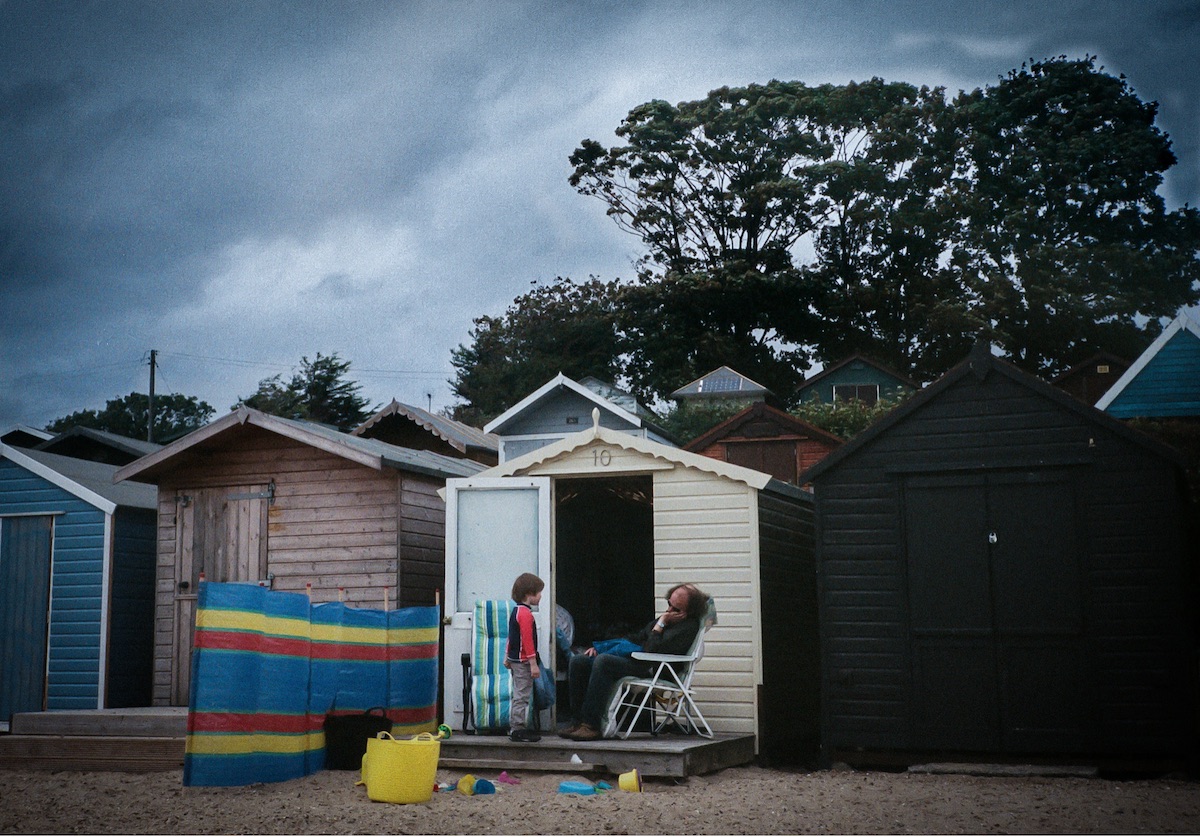 From Aneil Karia’s photography portfolio
From Aneil Karia’s photography portfolio
In Trouble, as in your BIFA-nominated film Work, you avoid taking a moralising stance – instead presenting the bleakest of realities in an even-handed way. How challenging is it to walk that line and avoid sensationalism?
I think I find sensationalism quite frustrating so I don’t find it too challenging to avoid that. I suppose I feel that the most powerful way to portray anything is to do it authentically – so that’s the focus for me personally. I think when you start cranking things up to 11 or 12, then you begin to feel either manipulated or condescended. And nobody likes that!
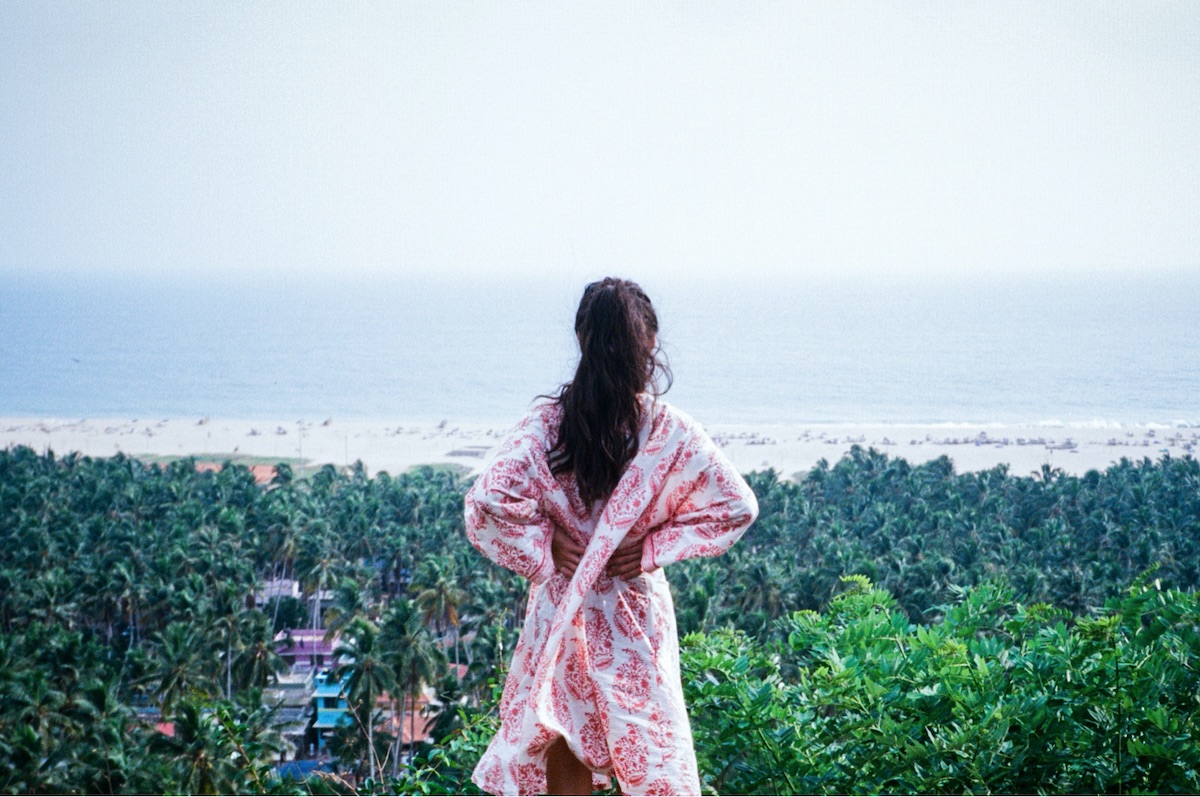 From Aneil Karia’s photography portfolio
From Aneil Karia’s photography portfolio
In the past, you’ve reflected on what kind of world and society the human race have created for ourselves. Do you think that a worldwide crisis could or will bring about a societal shift, a reshaping of priorities?
Hmm, good question. The truth is I don’t know. I’ve read a lot of great articles on how this is the perfect time for introspection – and how we have an opportunity to fundamentally alter how we treat the world and each other. But on the flipside, I think people are quite fearful right now. And fear can drive / perpetuate bad habits. So whether we’ll take that opportunity… who knows! I hope so – there certainly seems to be no better illustration than where we’re at now of the fragility and danger of capitalism. And I think it’s telling that previously-ridiculed-policies from the likes of Corbyn and Sanders are now the only things that can help us out of the mess. I suspect that the longer the pain goes on the more chance there’d be of deep reflection and seismic shifts in how we go about things. Even though 5/6 weeks of lockdown feels like an eternity in some ways, I’m not sure that’s a system-shifting amount of time. We are still currently (and understandably) hungry to get back to ‘before’ still. In conclusion, I don’t know anything!
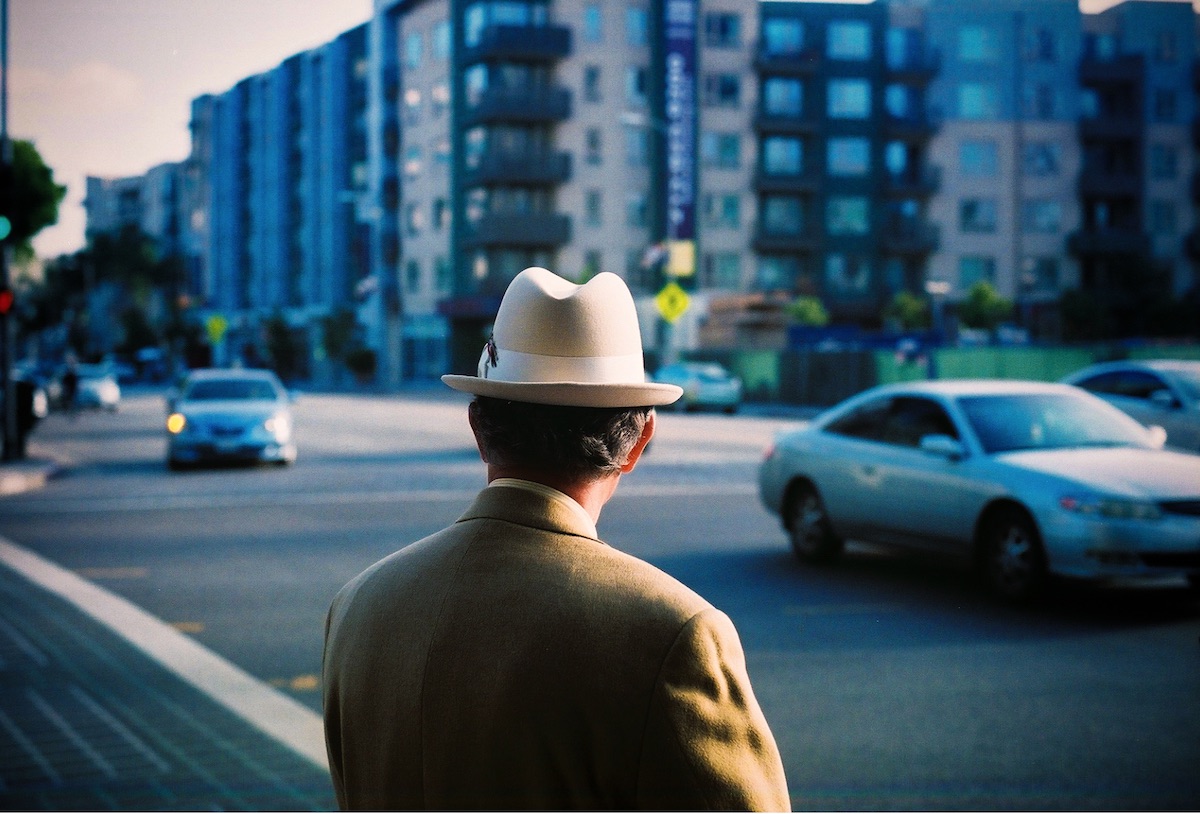 From Aneil Karia’s photography portfolio
From Aneil Karia’s photography portfolio
How are you spending your time in lockdown?
In a flat in Dalston with a one-year old who has developed a great passion for a) screaming like a maniac and b) taking your bank cards / keys etc and hiding them in really niche spots. Apart from that – cooking slightly more ambitious meals, cycling to places that aren’t Soho some evenings and occasionally trying to do some work 🙂
Interview by Selena Schleh
LINKS:
Production company: Somesuch

